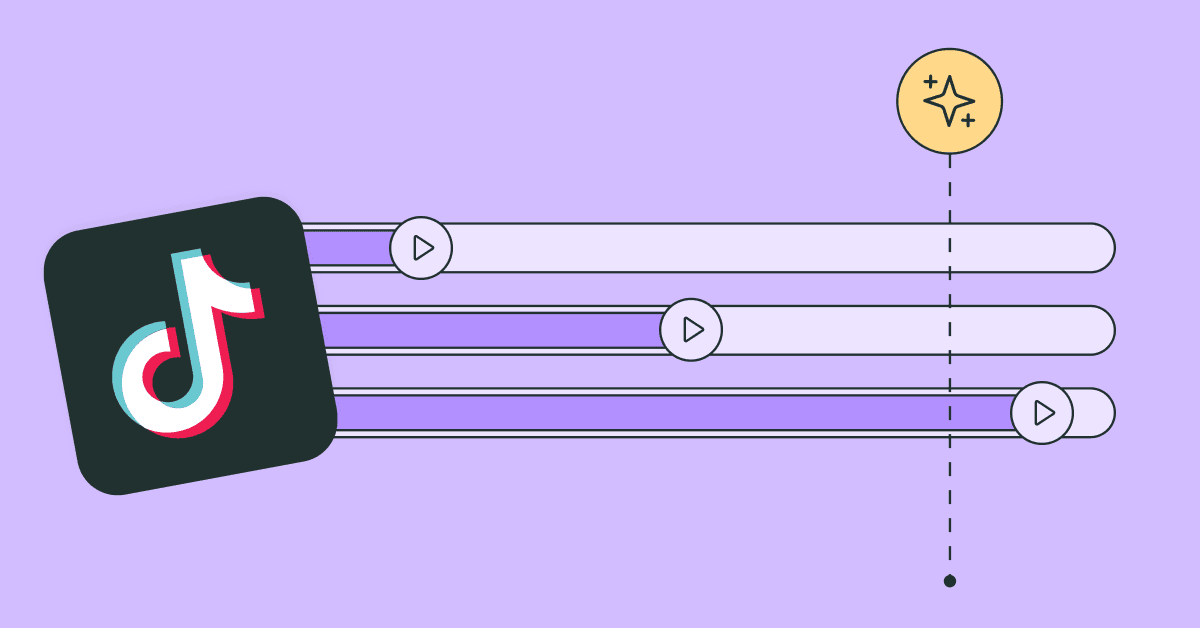If you want to enhance your SEO strategy, Search Volume Analysis and improve content targeting, learning how to effectively use Google Keyword Planner is essential. This tool helps you discover high-ranking keywords, analyze search volume, and evaluate competitive keywords. By leveraging keyword research, you can create content that ranks well on search engines and attracts organic traffic.
Understanding Google Keyword Planner
Google Keyword Planner is a free tool designed for advertisers, but it is widely used for keyword research. It provides insights into search volume analysis and helps users identify high-ranking keywords. With this tool, content creators and marketers can refine their SEO strategy and optimize their content for better visibility.
To get started, log into your Google Ads account and navigate to the Keyword Planner. Here, you can explore keyword ideas and analyze trends that align with your content goals. Understanding search volume and competition levels will help you target the right keywords.
Conducting Effective Keyword Research
Performing keyword research using Google Keyword Planner ensures your content remains relevant. Begin by entering a broad topic related to your niche. The tool will generate a list of high-ranking keywords along with search volume data and competition levels.
To improve content targeting, focus on competitive keywords that have a balance between search volume and competition. If a keyword has high search volume but excessive competition, ranking for it may be challenging. Instead, look for opportunities where competition is moderate but still attracts significant traffic.
Analyzing Search Volume For Better Results
Search volume analysis plays a crucial role in selecting high-ranking keywords. Google Keyword Planner provides monthly search volume estimates, allowing users to assess how often specific terms are searched. This data helps in determining which keywords should be prioritized in an SEO strategy.
When analyzing search volume, consider seasonal trends and fluctuations. Some keywords may perform well only during certain times of the year. By reviewing historical data, you can make informed decisions on which keywords to include in your content strategy.
Targeting Competitive Keywords Strategically
Identifying competitive keywords is another important aspect of keyword research. Google Keyword Planner categorizes keywords based on competition levels—low, medium, or high. If you are new to SEO, targeting low to medium competition keywords can be a good starting point.
However, if you are working on an established website with strong authority, targeting high-ranking keywords with higher competition may be worthwhile. The key is to strike a balance between competition and search volume to achieve optimal results.
Refining Your SEO Strategy With Google Keyword Planner
Once you have identified relevant high-ranking keywords, it’s time to integrate them into your SEO strategy. Use them naturally in your content, including headings, meta descriptions, and image alt texts. This Google tool enables you to refine your approach by testing different keywords and monitoring their performance.
Additionally, updating existing content with newly discovered keywords can help improve rankings. Regularly revisiting keyword research ensures your content stays relevant and competitive.
Google Keyword Planner is a powerful tool for discovering high-ranking keywords and enhancing your SEO strategy. By conducting keyword research, analyzing search volume, and targeting competitive keywords, you can improve content targeting and boost your website’s visibility. Utilizing this tool effectively will help you attract more organic traffic and stay ahead in the competitive digital landscape.
Source: BrandCom






